Massive garbage patch

About 15 years after first discovering the great Pacific garbage patch, Capt. Charles Moore returned in 2014 and discovered that semi-permanent islands made of ropes, buoys and other detritus were forming in the region.
Trash island
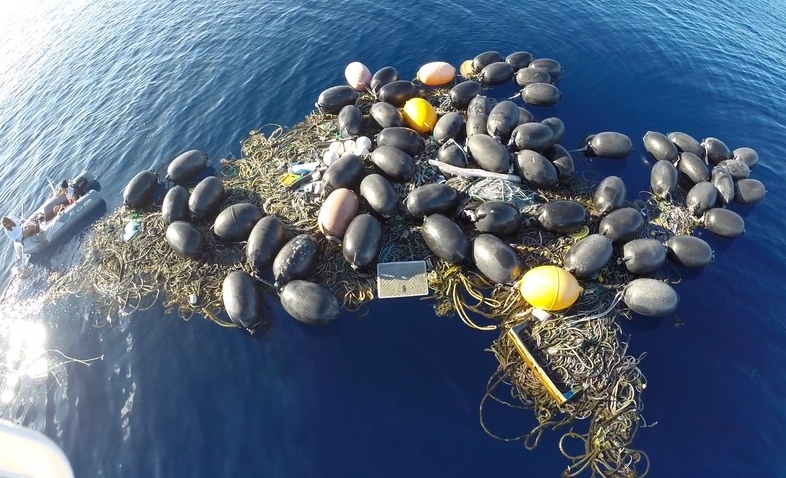
Here, an up-close look at the "Shark Island" (so named because of its appearance). Buoys, anchors and ropes washed to sea when the 2011 Japanese Tsunami inundated aquaculture boats may have formed the island, researchers hypothesize.
Trash adrift
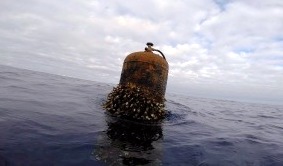
Moore first discovered the trash while returning from a yacht race in 1997. Here, a gas tank bobs in the middle of the Pacific Ocean.
Larger extent
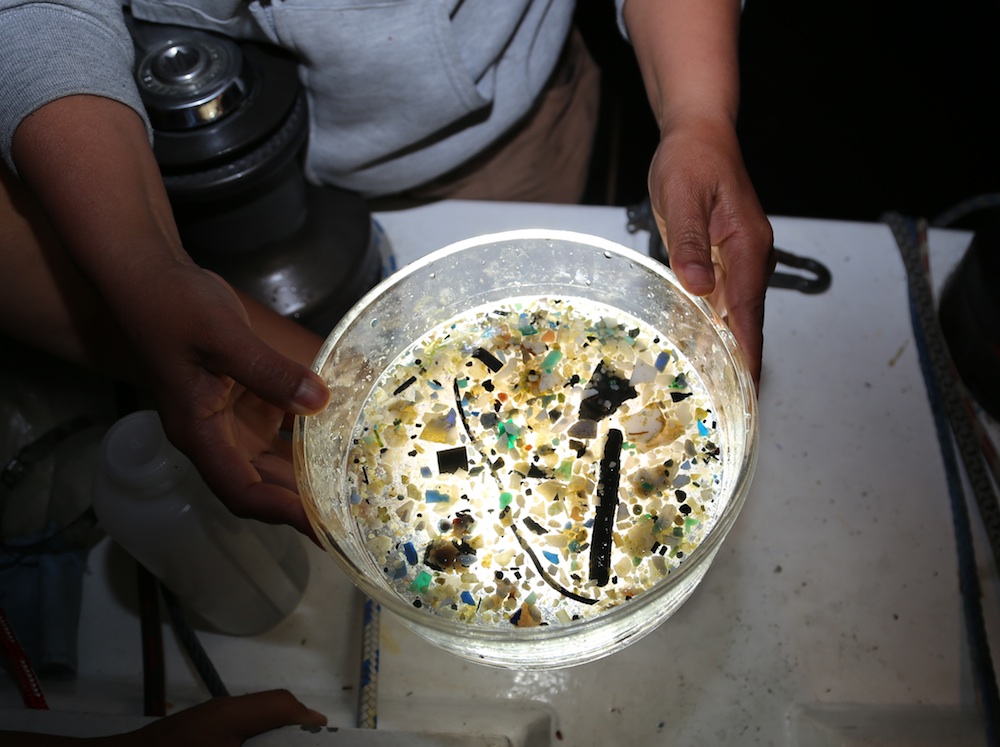
In a new expedition, Moore's team has found plastic debris in places they didn't expect to.
Trawling for trash
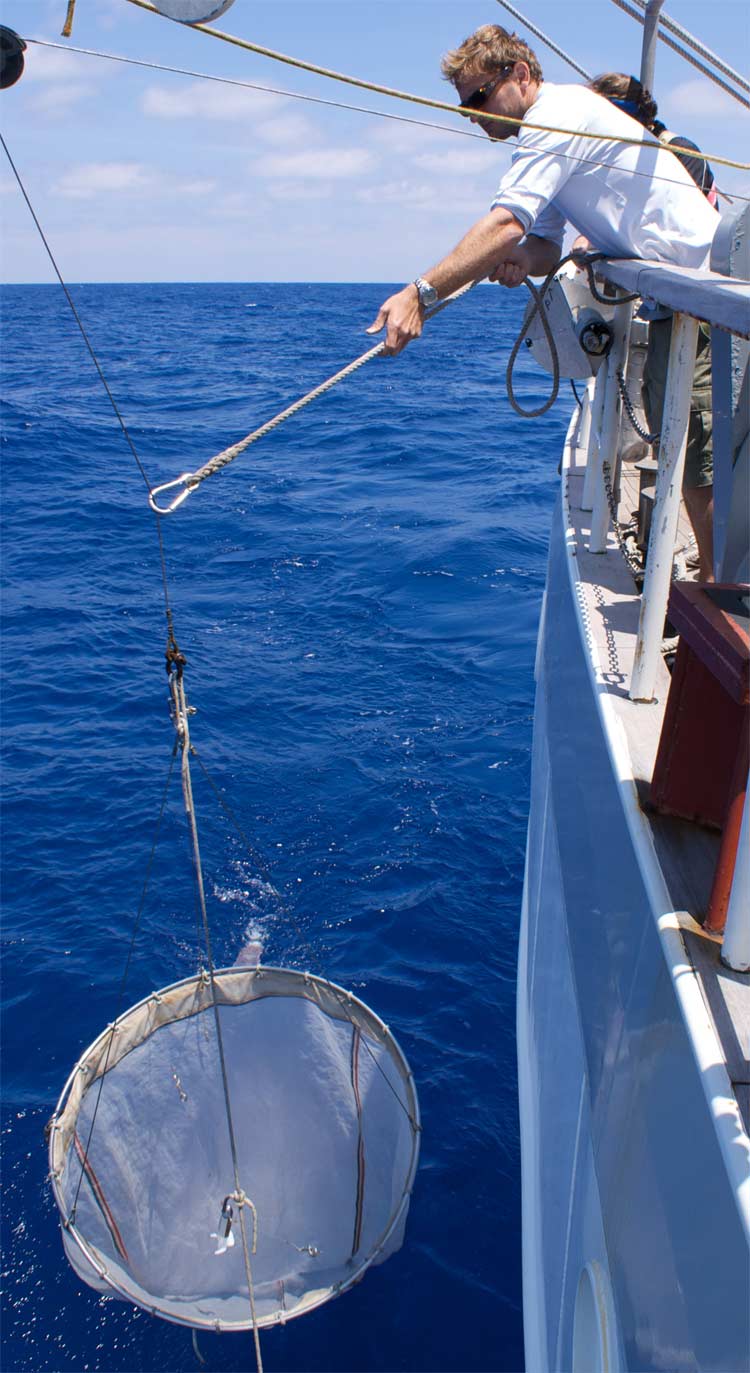
A scientist on another expedition trawls for trash in the ocean.
Secret life
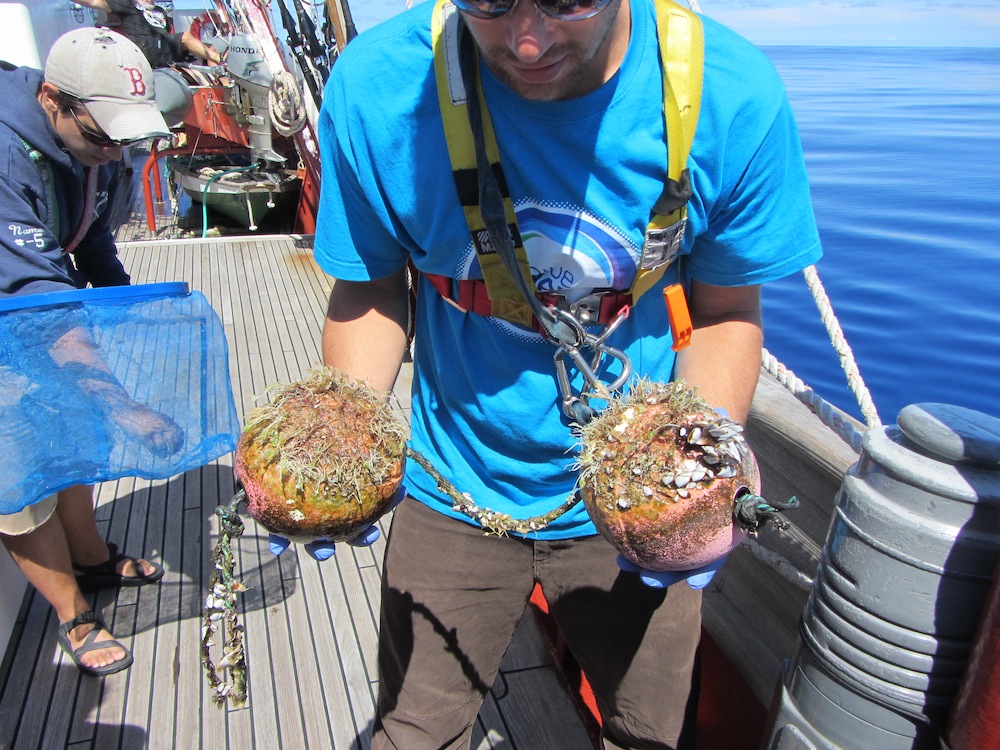
Past research has found that a secret world of microbes and microorganisms lives on the plastic detritus in the ocean. Here, scientist Greg Boyd (from a separate expedition) shows the sea life that has colonized foam floats.
Deeper Ocean
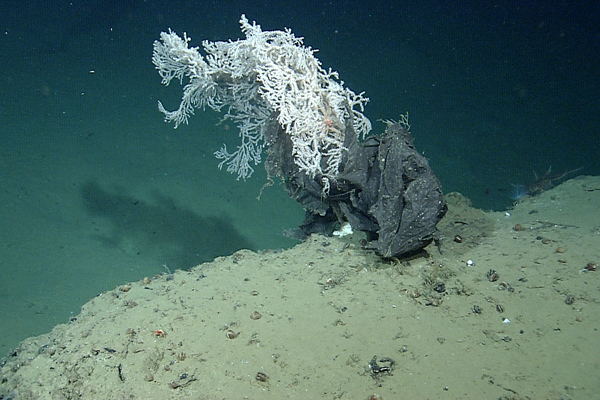
A 2014 paper found that the ocean plastic is mysteriously disappearing, possibly because it is being carried deep into the ocean, like this trash bag found deep below an underwater canyon off the coast of Monterey, California.
Sign up for the Live Science daily newsletter now
Get the world’s most fascinating discoveries delivered straight to your inbox.

Tia is the managing editor and was previously a senior writer for Live Science. Her work has appeared in Scientific American, Wired.com and other outlets. She holds a master's degree in bioengineering from the University of Washington, a graduate certificate in science writing from UC Santa Cruz and a bachelor's degree in mechanical engineering from the University of Texas at Austin. Tia was part of a team at the Milwaukee Journal Sentinel that published the Empty Cradles series on preterm births, which won multiple awards, including the 2012 Casey Medal for Meritorious Journalism.









